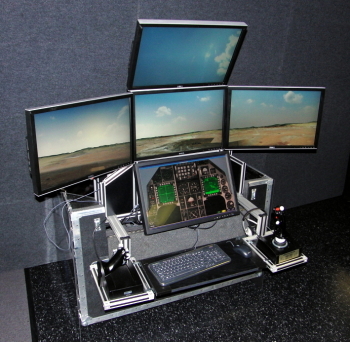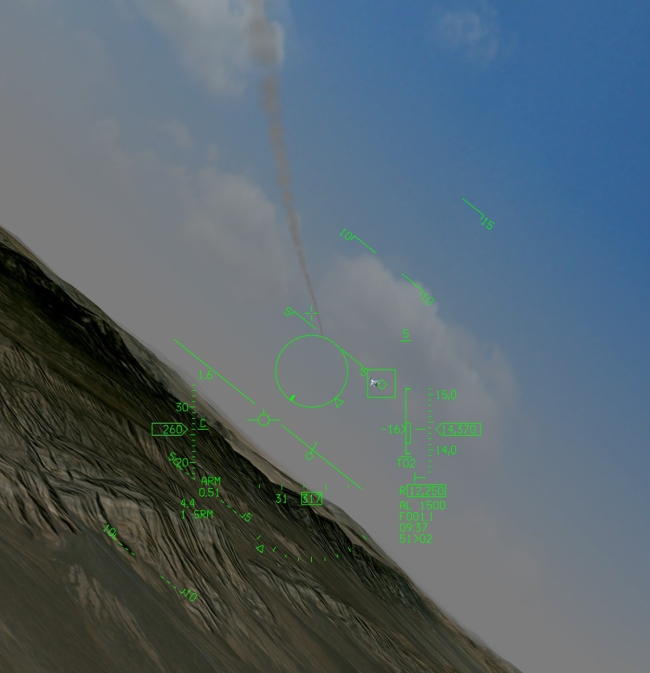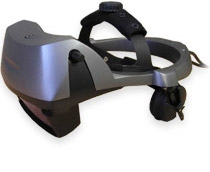ZedaSoft delivered a portable simulator system to the U.S. Air Force Test Pilot School which the school uses to teach avionics concepts to its students. It required the use of radar ground map and targeting pod infrared imagery simulation to prepare the TPS students for flying the next generation of fighter aircraft.
The simulator system we delivered is based on ZedaSoft’s Container-Based Architecture
CBA® for Simulation, which is a patented, object-oriented Java-based simulation framework. The CBA architecture allows the TPS students to quickly observe the avionics capabilities of different generations of aircraft by instantaneously switching from one aircraft type to another in the same scenario. These observations are valuable in teaching workload management techniques to new TPS candidates. The Portable Simulator Desktop (PSD) includes a 24” touch-screen virtual instrument display, four 24” monitors for out-the-window viewing, a sensor channel, hands-on-controls, and all necessary computers housed in a single rolling case.


